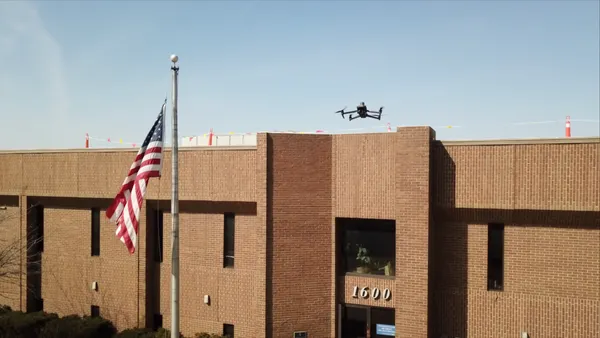Dive Brief:
- President Donald Trump has signed a presidential memorandum calling for a comprehensive government strategy to ensure there is sufficient spectrum to accommodate the introduction of 5G networks. The memorandum says the long-term strategy should include policy recommendations to increase spectrum access for all users, flexible models for management and sharing among federal and non-federal stakeholders. The Commerce Department will provide yearly updates on the strategy.
- The memorandum, signed last Thursday, also calls for the creation of a Spectrum Strategy Task Force, including representatives from the Office of Science and Technology Policy, The National Economic Council, the Office of Management and Budget, the National Security Council, the National Space Council and the Council of Economic Advisers.
- The White House says it still wants the private sector to take the lead; adviser Michael Kratsios told reporters the administration “will prioritize efforts to accelerate the private sector’s development of 5G, so that the American people can reap the rewards of this incredible technology,” according to Reuters.
Dive Insight:
The White House still seems intent on fostering private development of 5G, despite reports earlier this year that national security aides in the administration were debating building a nationalized 5G network as a cybersecurity measure. It’s in line with comments made by National Economic Council director Larry Kudlow this month, that the administration preferred the “private enterprise, free market path” to deploying 5G.
Still, it’s clear a national strategy will help guide the market and find where the government can aid domestic development, especially as countries including China and South Korea rush ahead to build their own 5G systems, reaping the technology benefits. Advocates in and out of the government have called on federal action to knock down barriers that could limit deployment. The Federal Communications Commission (FCC), for example, has passed rules to streamline infrastructure deployment and limit fees that cities or other local governments could charge telecoms to install small cells (despite opposition from local governments).
Companies are already pressing ahead to get 5G in certain cities before the end of the year, with more expected in 2019.
The industry appears on board with the administration’s approach. In a statement, CTIA president and CEO Meredith Attwell Baker said that “with the right approach based on licensed wireless spectrum, America’s wireless carriers will invest hundreds of billions of dollars and create millions of jobs to deploy the next-generation networks and win the global 5G race.”









